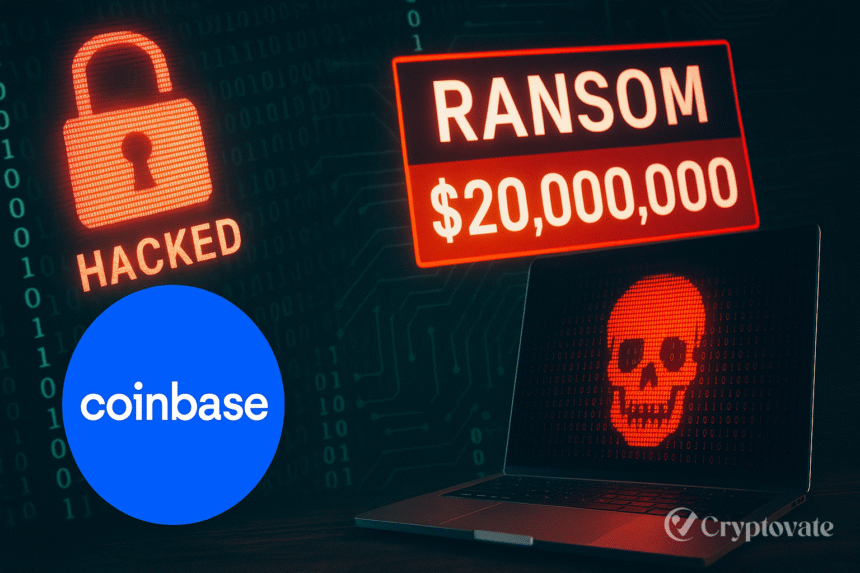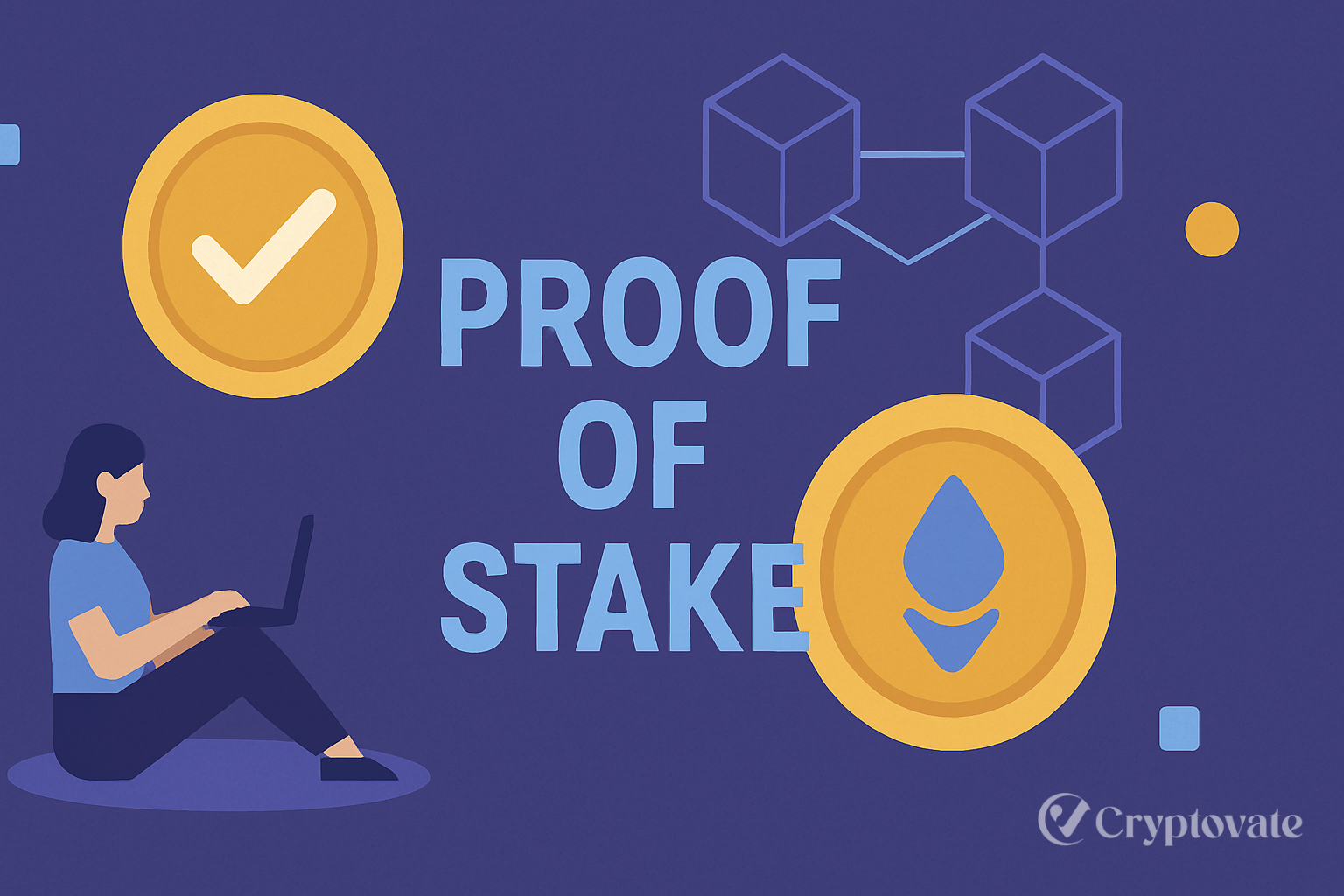– Ad –
| Getting your Trinity Audio player ready... |
In May 2025, Coinbase, the largest U.S.-based cryptocurrency exchange, faced a shocking cyberattack that exposed sensitive customer data. Cybercriminals bribed overseas support agents to steal personal information, triggering a $20 million ransom demand. This brazen heist, affecting less than 1% of Coinbase’s 9.7 million monthly users, has sent ripples through the crypto industry, raising concerns about insider threats.
How the Hack Unfolded
The attackers targeted Coinbase’s customer support team in India, offering cash to rogue contractors who copied data from internal systems. Stolen information included names, addresses, phone numbers, masked bank details, partial Social Security numbers, and government-issued IDs. While no passwords, private keys, or funds were compromised, the data fueled social-engineering scams, with hackers posing as Coinbase to trick users into transferring crypto.
On May 11, 2025, hackers contacted Coinbase, demanding $20 million in Bitcoin to conceal the data breach. Coinbase rejected the demand, choosing to offer a $20 million reward for information leading to the culprits’ capture. The company fired the involved agents, enhanced security, and pledged to reimburse affected customers.
The Financial Fallout
Coinbase projects the breach could result in costs ranging from $180 million to $400 million, accounting for customer reimbursements and enhanced security measures. The breach led to a 7% drop in Coinbase’s stock on May 15, though it rebounded after analysts called the reaction “overblown.” The company’s transparency and swift response earned praise at Consensus 2025, where experts lauded its handling of the crisis.
Why This Matters
The Coinbase hack highlights the crypto industry’s vulnerability to insider threats. In 2024, hacks cost the sector $2.2 billion, with social-engineering attacks on the rise. Unlike technical exploits, this breach relied on human error, exposing weaknesses in employee vetting. It also fuels debates about centralized exchanges and KYC processes, which some argue make users targets.
Also Read: Supreme Court Rejects WazirX Users’ Plea: A Setback for Crypto Investors in India
Coinbase’s Response and Industry Lessons
Coinbase is bolstering defenses with stricter ID checks, a new U.S.-based support hub, and enhanced fraud monitoring. The company urges users to stay vigilant, never share passwords or 2FA codes, and lock accounts if suspicious activity arises. This incident underscores the need for robust security and transparency in crypto.
As Coinbase joins the S&P 500, this hack serves as a reminder: even giants aren’t immune. The industry must prioritize insider threat prevention to maintain trust and protect users.
FAQs
What data was stolen in the Coinbase hack of May 2025?
The hackers accessed customer names, addresses, phone numbers, emails, masked bank account numbers, partial Social Security numbers, government-issued IDs, account balances, and transaction histories. No user passwords, private keys, or cryptocurrency funds were affected by the breach.
How is Coinbase responding to the $20 million ransom demand?
Coinbase refused to pay the $20 million Bitcoin ransom and instead offered a $20 million bounty for information leading to the attackers’ arrest. The company is reimbursing affected users and enhancing security measures.
How can Coinbase users protect themselves after the breach?
Users should stay vigilant for phishing scams, never share passwords or 2FA codes, and lock their accounts if they notice suspicious activity. Coinbase also recommends enabling advanced security features like two-factor authentication.

















